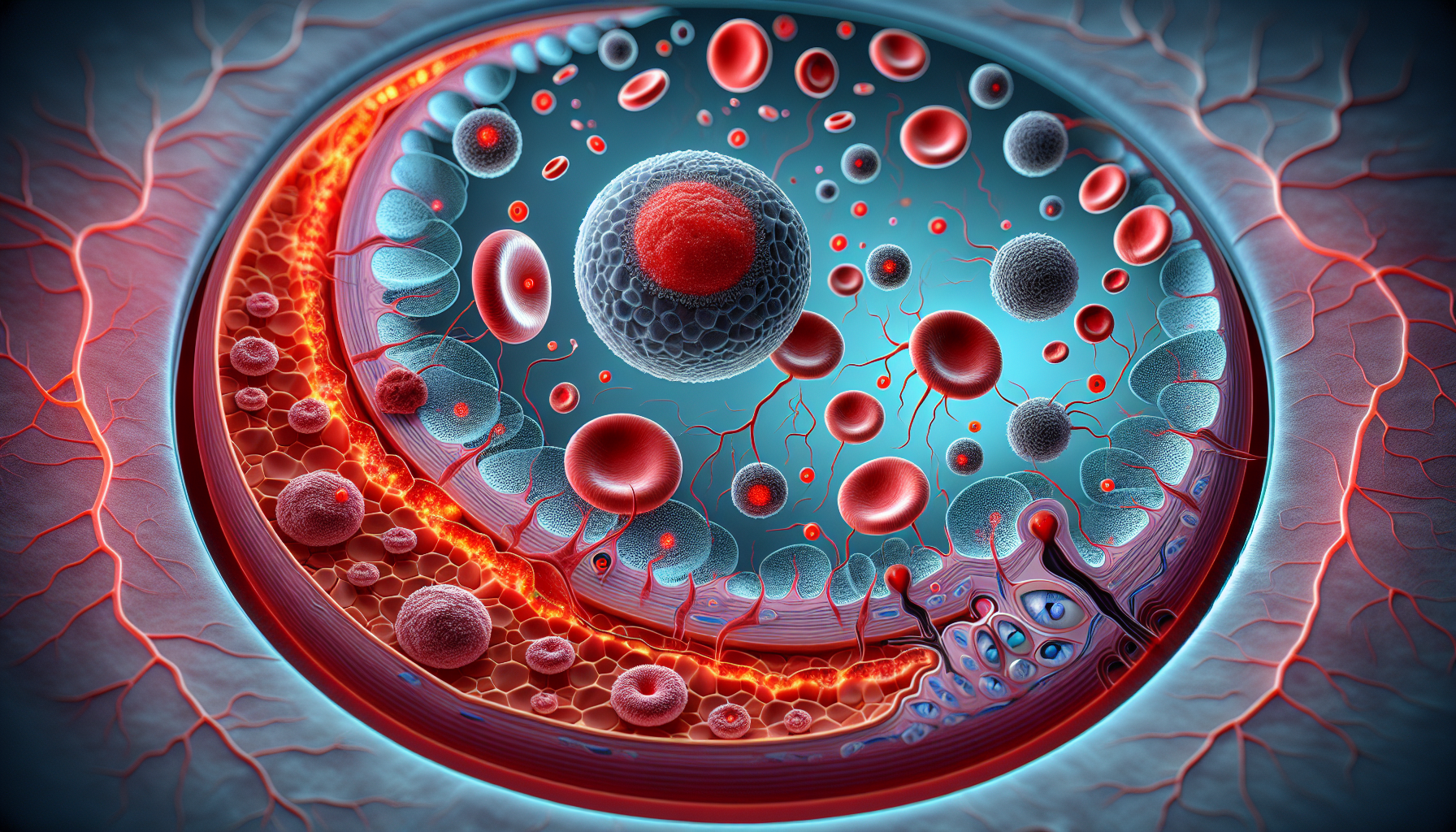Exploring the Impact of Nutrient-Rich Diets on Slowing Eye Disease Progression
Key Takeaways
- Specific dietary nutrients such as lutein/zeaxanthin, β-carotene, zinc, and omega-3 fatty acids can potentially slow the progression of Geographic Atrophy (GA).
- High intake of these nutrients was linked to a slower progression of GA, highlighting the benefits of a nutrient-rich diet for managing the condition.
- A Mediterranean diet did not show a significant correlation with GA progression, suggesting that specific nutrients, rather than overall dietary patterns, are crucial in GA management.
Did You Know?
Introduction to Geographic Atrophy and Diet
Geographic Atrophy (GA) is a severe form of age-related macular degeneration that primarily affects the central part of the retina, leading to significant vision loss. Recent research highlights the potential of specific dietary nutrients in slowing the progression of this eye condition. This connection between diet and eye health was detailed in a study presented at the 2024 Association for Research in Vision and Ophthalmology.
Key Nutrients Identified
The study pinpointed several nutrients that could play a crucial role in managing the progression of GA. These include lutein/zeaxanthin, β-carotene, zinc, and omega-3 fatty acids. These components are known for their beneficial properties in eye health, particularly in protecting against oxidative stress and inflammation, which are common in GA.
Research Methodology
The research utilized data from the Age-Related Eye Diseases Study, which involved participants with non-central GA. The progression of GA towards the foveal center point of the eye was meticulously analyzed through annual color fundus photographs. The dietary patterns of the participants were assessed using food frequency questionnaires, focusing on the intake of the nutrients mentioned above.
Significant Findings
Results from the study indicated a clear link between high intake of these nutrients and a slower progression of GA. Particularly, participants with the highest levels of nutrient intake showed markedly slower disease progression compared to those with lower intake levels. This suggests that a nutrient-rich diet could be a beneficial strategy in managing GA.
Understanding the Impact of Mediterranean Diet
While the study explored the effects of a Mediterranean diet, which is rich in fruits, vegetables, and healthy fats, it found no significant correlation with GA progression. This indicates that the slowing of GA is more closely tied to specific nutrients rather than general dietary patterns.
Implications for Dietary Recommendations
The findings support the idea that targeted dietary advice focusing on specific nutrients may be more effective for GA patients than general dietary guidelines. This could lead to new nutritional strategies in clinical settings to help manage or slow down the progression of GA.
Conclusion
This research sheds light on the potential of dietary intervention in managing Geographic Atrophy, a major form of vision impairment among the elderly. By incorporating specific nutrients into their diet, individuals at risk of or suffering from GA might see a slowdown in the disease's progression, offering a beacon of hope for preserving vision.





